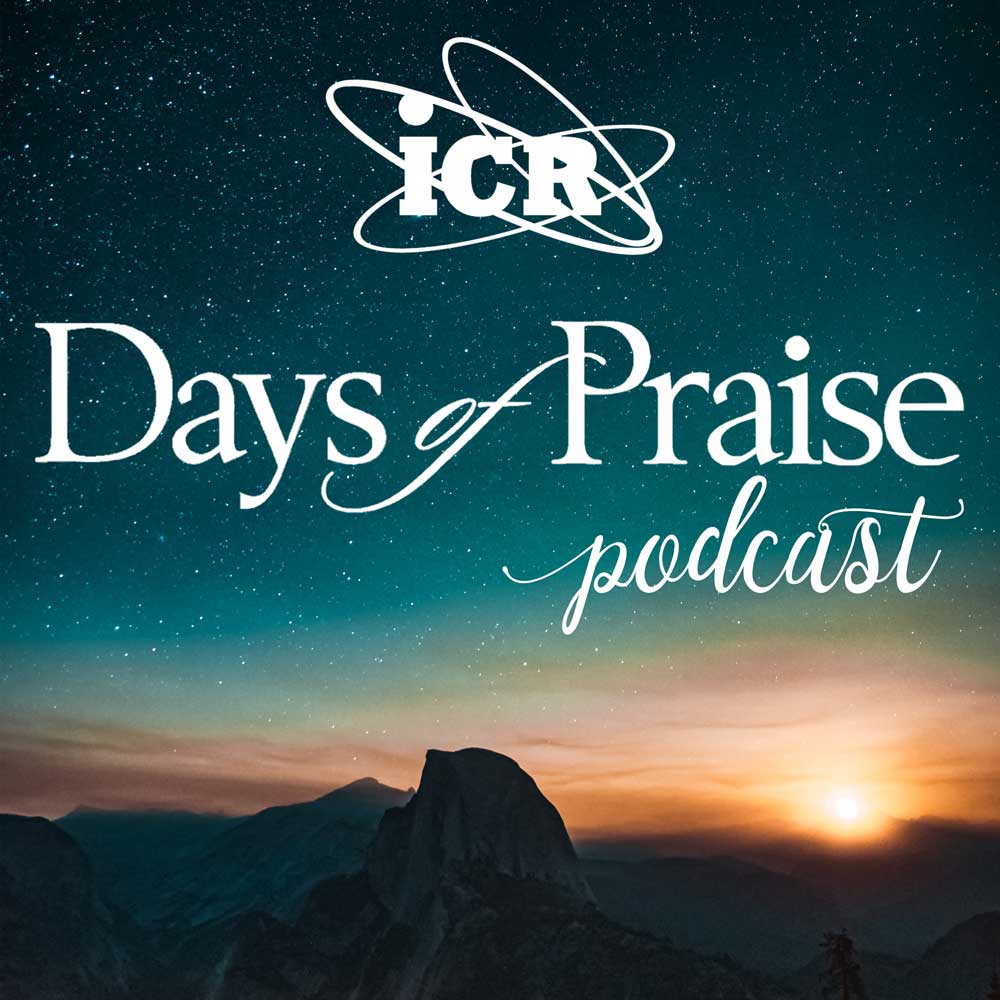“According as he hath chosen us in him...that we should be holy and without blame before him in love.” (Ephesians 1:4)
In the grand purpose of our “selection” into God’s family, two key words are used:
“Holy” (Greek hagios) stresses dedication. A holy man or woman is distinctively God’s, set apart for God’s use, separated from the secular, and consecrated to God’s service. All who are “chosen” are chosen to be holy.
The Colossian Christians were told to “mortify” the physical appetites, to “put off” their sinful mental attitudes and habits, and to “put on the new man...as the elect of God, holy and beloved” (Colossians 3:5-12). The focus is character.
“Without blame” refers to our reputations. This character will only be fully realized in heaven (1 Corinthians 1:8), but there is a present responsibility to “present your bodies a living sacrifice...And be not conformed to this world: but be ye transformed by the renewing of your mind” (Romans 12:1-2).
The character of holiness will become the cause of a lifestyle of blamelessness. We are to be the “sons of God, without rebuke, in the midst of a crooked and perverse nation, among whom ye shine as lights in the world” (Philippians 2:15).
This holy and blameless condition will result in “the praise of the glory of his grace” (Ephesians 1:6), where God will someday “gather together in one all things in Christ” (v. 10).
What a magnificent thought! The purpose for which we have been chosen, predestined, redeemed, and forgiven is to be holy in character and blameless in reputation, so that when God gathers us all together in Christ, we will be the praise of the glorious grace of God! HMM III
 Days of Praise Podcast is a podcast based on the Institute for Creation Research quarterly print devotional, Days of Praise. Start your day with devotional readings written by Dr. Henry Morris, Dr. Henry Morris III, Dr. John Morris, and others to strengthen and encourage you in your Christian faith.
Days of Praise Podcast is a podcast based on the Institute for Creation Research quarterly print devotional, Days of Praise. Start your day with devotional readings written by Dr. Henry Morris, Dr. Henry Morris III, Dr. John Morris, and others to strengthen and encourage you in your Christian faith.

















